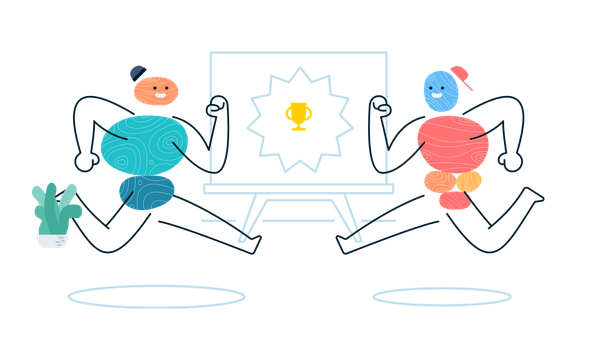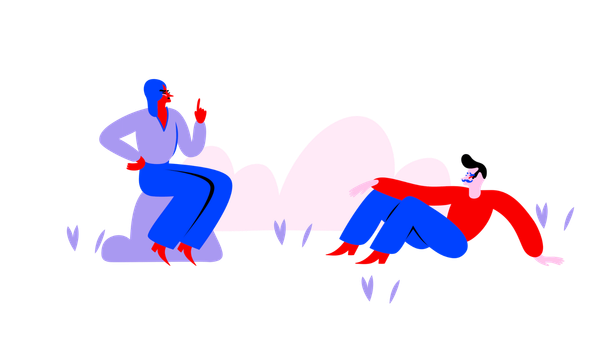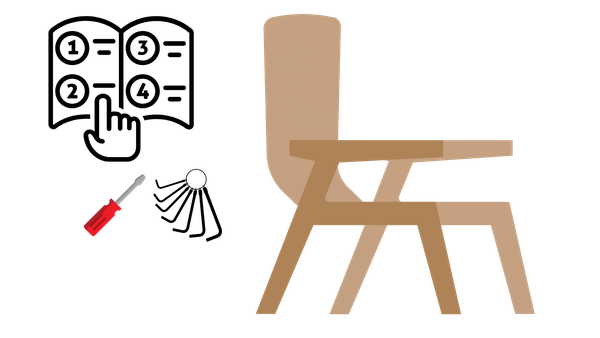A Manifesto for Building High Performing Cross-Functional Teams
Teams get work done and are the fundamental building block in organisations. Team experiences determines engagement.

Issue No. 13
As I'm building this newsletter (and a podcast and YouTube channel) in the open, you will get updates on this project here from time to time.
I believe teams are the fundamental building block we should optimise for in all organisations. It is your day-to-day experience inside your team that determines if you are an engaged employee or not. It is the team who do "the work".
Knowledge work fundamentally requires great collaboration to solve problems, especially in a complex and ever-changing environment. Since collaboration and problem-solving happen mostly inside teams, I think we should optimise for building high-performing teams first and foremost inside any organisation.
💬 TL;DR:
- We should aim to build long-lived high-performing teams composed of competent multi-disciplinary people and specialists.
- Instead of moving people to "the work", we should move "the work" to the teams we create.
- Think of highly trained SEAL teams with different missions that are used to working together after years of training and combat vs mercenaries assembled for an assignment.
- I hypothesise that this approach results in stability (less churn of people in and out of teams or in and out of our organisations) and greater efficiency and quality because team members will be engaged, and their team will constantly improve their ways of working the longer they work together.
Attempting to define a long-lived product team.
It is probably helpful for me to define what I mean by "long-lived product team". For our teams to work well, we need to ensure they are imbued with specific characteristics:
- Have a clear mission, vision and strategy aligned with the company.
- The core team comprises 5-9 full-time people (what I would call the pigs rather than the chickens). It would be even better if they were on the smaller end of this scale.
- Long-lived - team members need to know that the team they are part of will be their primary working environment for an extended period. This allows the team to "gell together, " creating higher performance. Over time the team evolves, and its ways of working change.
Think of them like high-performing sports teams - they need time to go through the stages of the Tuckman Model. - Clear roles and responsibilities - especially between Product Manager, Tech Lead and Engineering Manager.
- Freedom & autonomy to operate - The team is self-organising (no external inputs needed). They can operate autonomously in their environment because they demonstrate ownership of their outcomes. Decisions about what to do are made inside the team, not outside the team.
- Cross-functional - the team has all the skills to lifecycle their product (or features) from discovery to release.
Product
Design (ideally)
Research (ideally)
Engineers
Testing (ideally) - Adheres to common standards - it is only through standards that we can have genuine autonomy and self-organisation. Otherwise, we have anarchy. Here are some standards which I believe are useful in an organisation:
Shared operating principles
Common Practices
Standard APIs for how teams interface with other teams
Or to summarise, a long-lived product team is a group of people executing a strategy toward a shared mission over an extended period (many months or even years).
Why long-lived teams?
- Long-lived teams collaborate better. Relationships and good working agreements take time to build inside a team. These are the foundations of good collaboration, which result in psychological safety and clarity, leading to a learning and growing environment for team members.
- Long-lived teams have stable, predictable delivery through best practices and working methods developed over months and years of working together.
- Long-Lived teams have greater ownership of outcomes. Because they know they will own a product or area for the long term, they are deeply invested in avoiding tech debt and solving their users' problems.
- Long-lived teams develop deep knowledge about their users and their domain. Team members immersed in a problem area for an extended period become experts on their customers and the problem space they operate in.
- Long-lived teams retain a historical record - long-lived teams maintain a thread throughout their history of the problems they encountered and why they chose specific solutions. They form alliances and know who to work with to achieve their goals.

In the organisations I lead, I try to optimise for:
- Employee engagement and
- Accelerated delivery of quality work
I think leaders should focus on performance at the team level rather than purely focusing on individuals. In fact, a high-functioning team will automatically correct the behaviour of an individual without the need for external intervention.
That is all for this week folks, have a great week!
Don't ignore your dreams, don't work too much, say what you think, cultivate friendships, and be happy.



